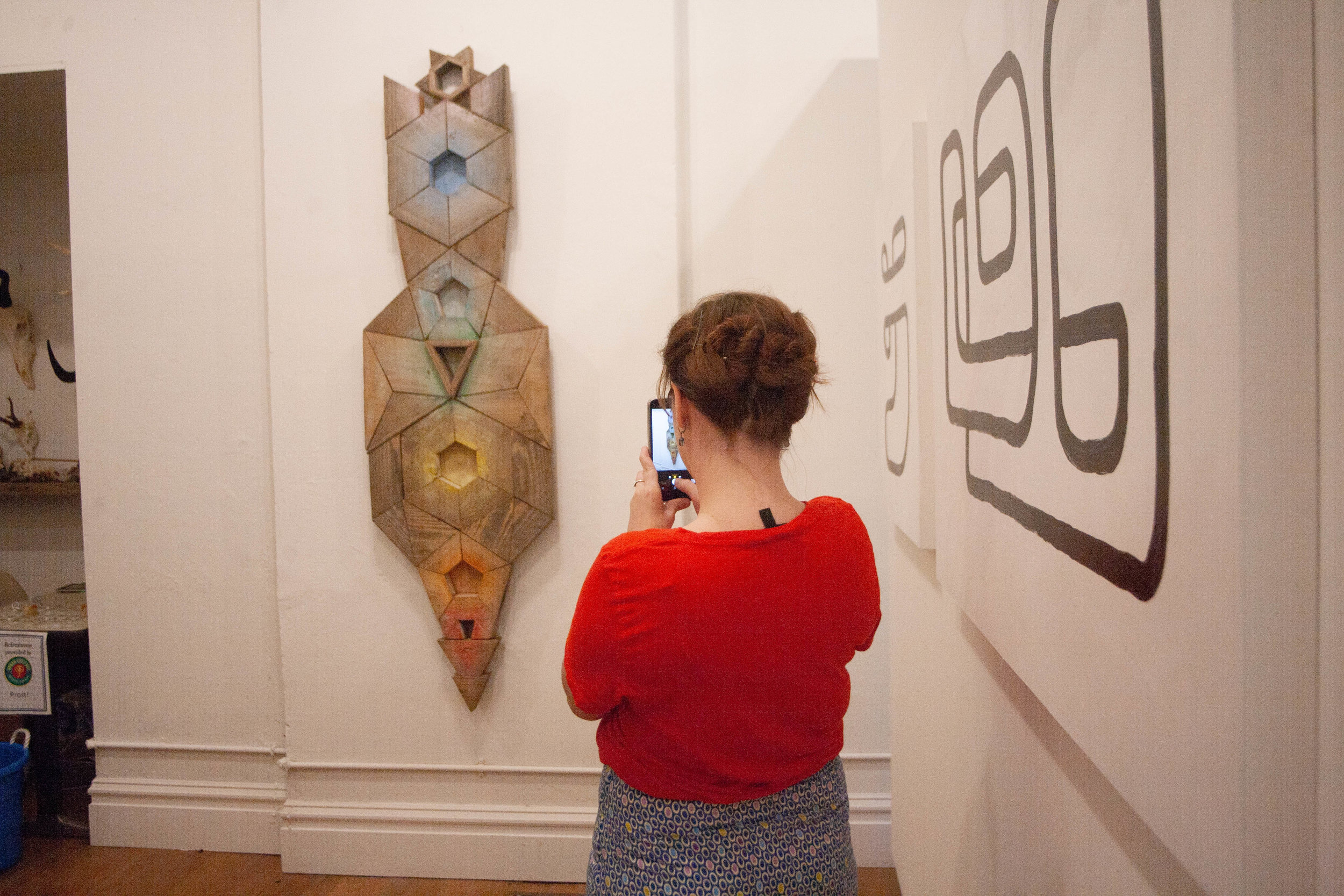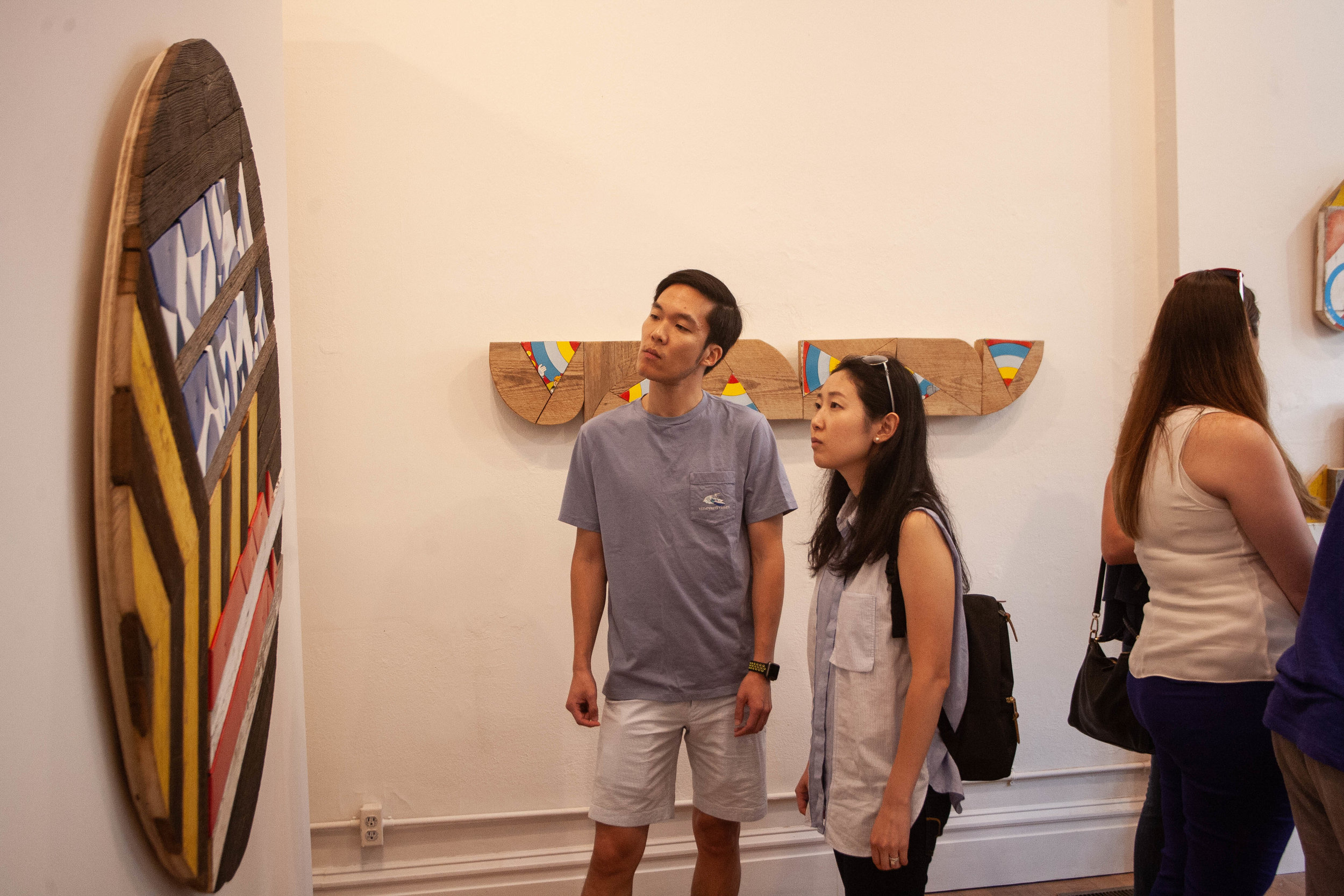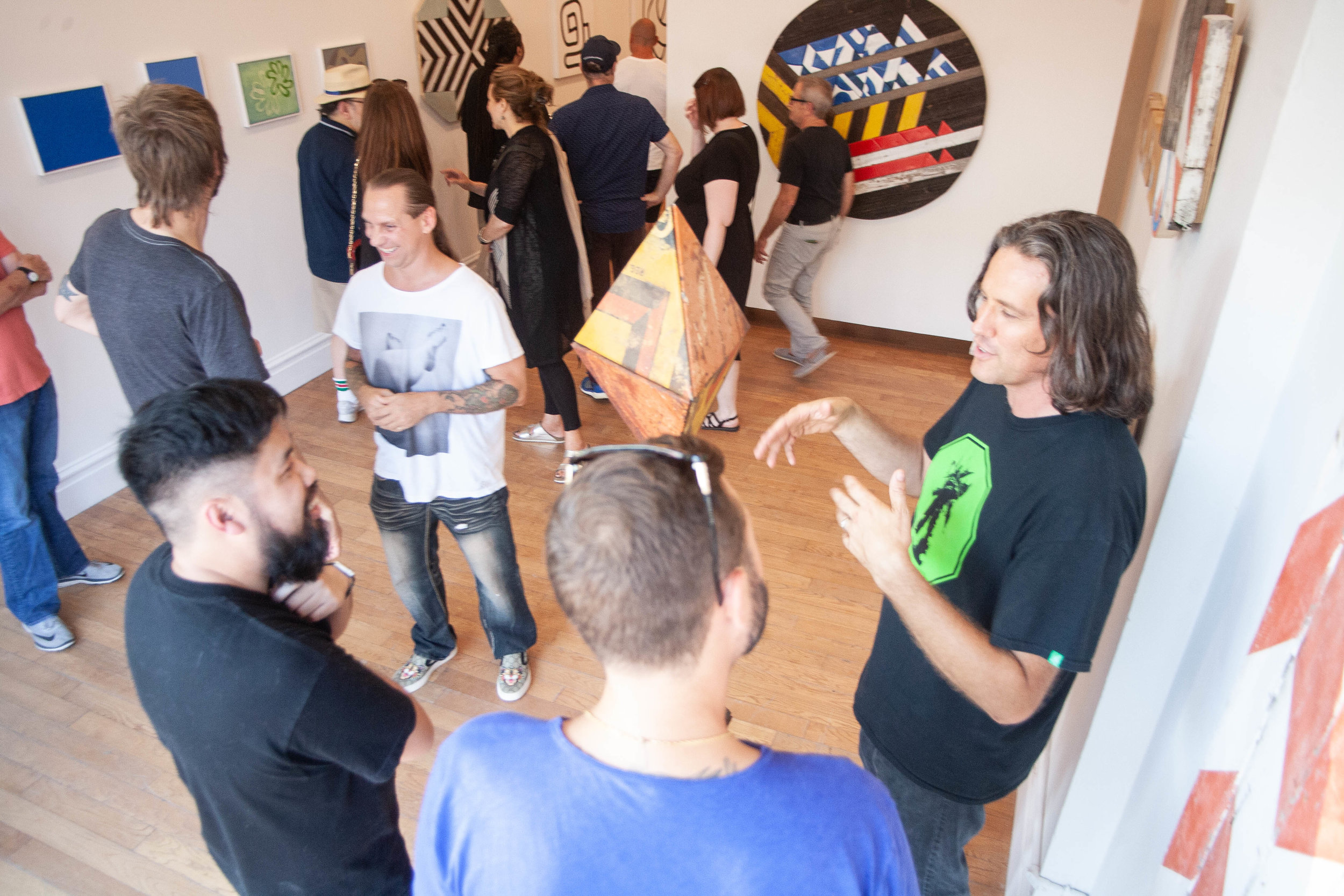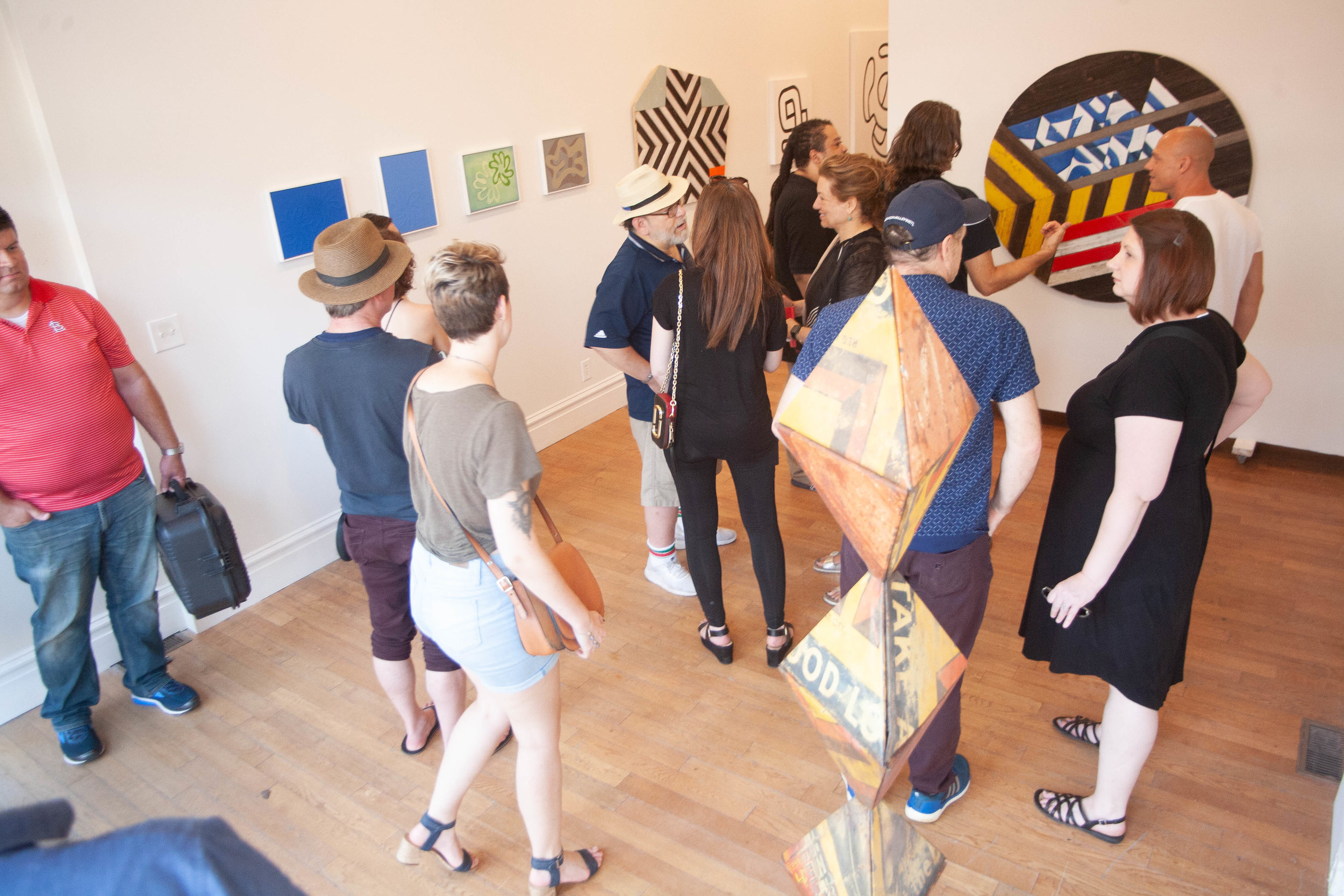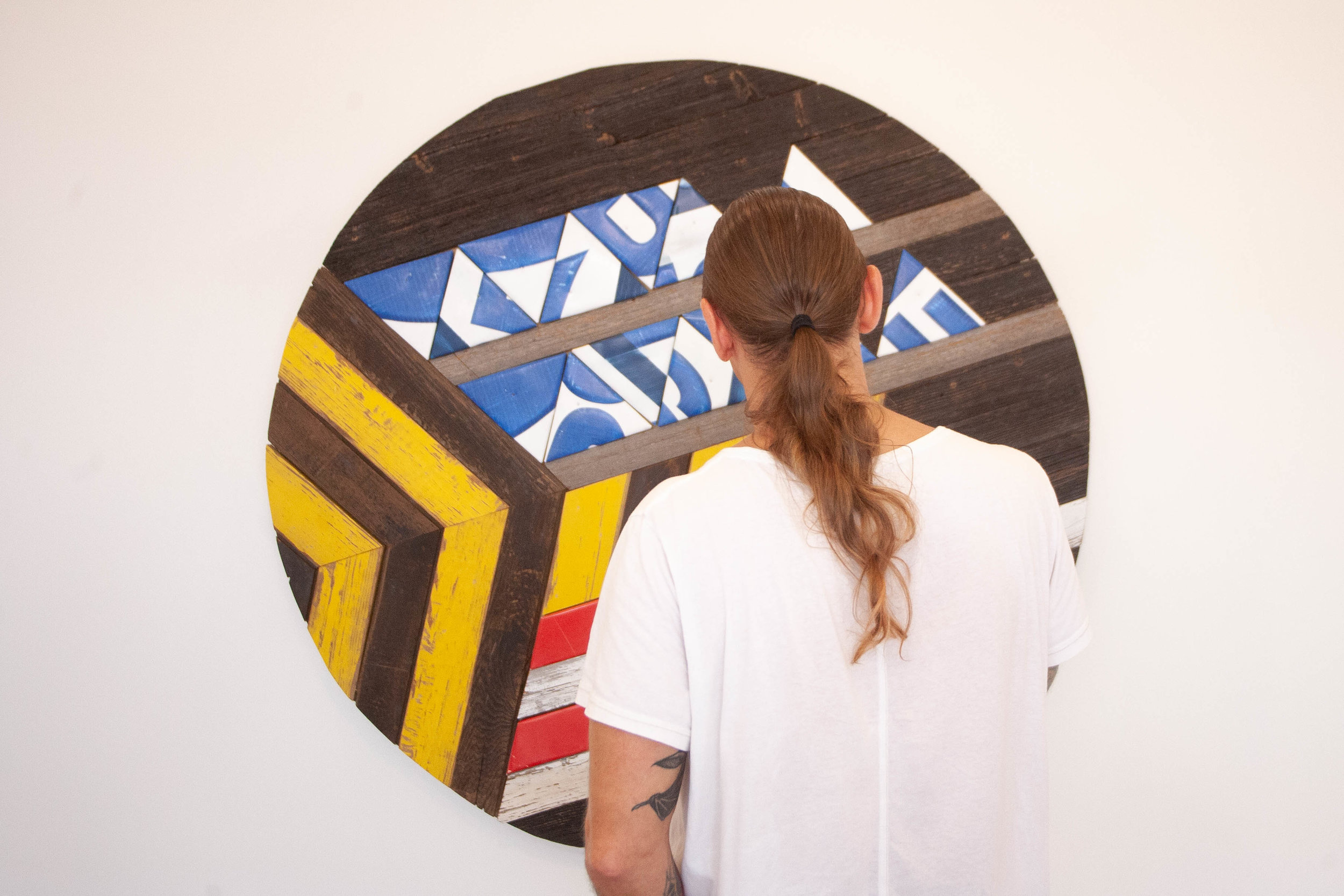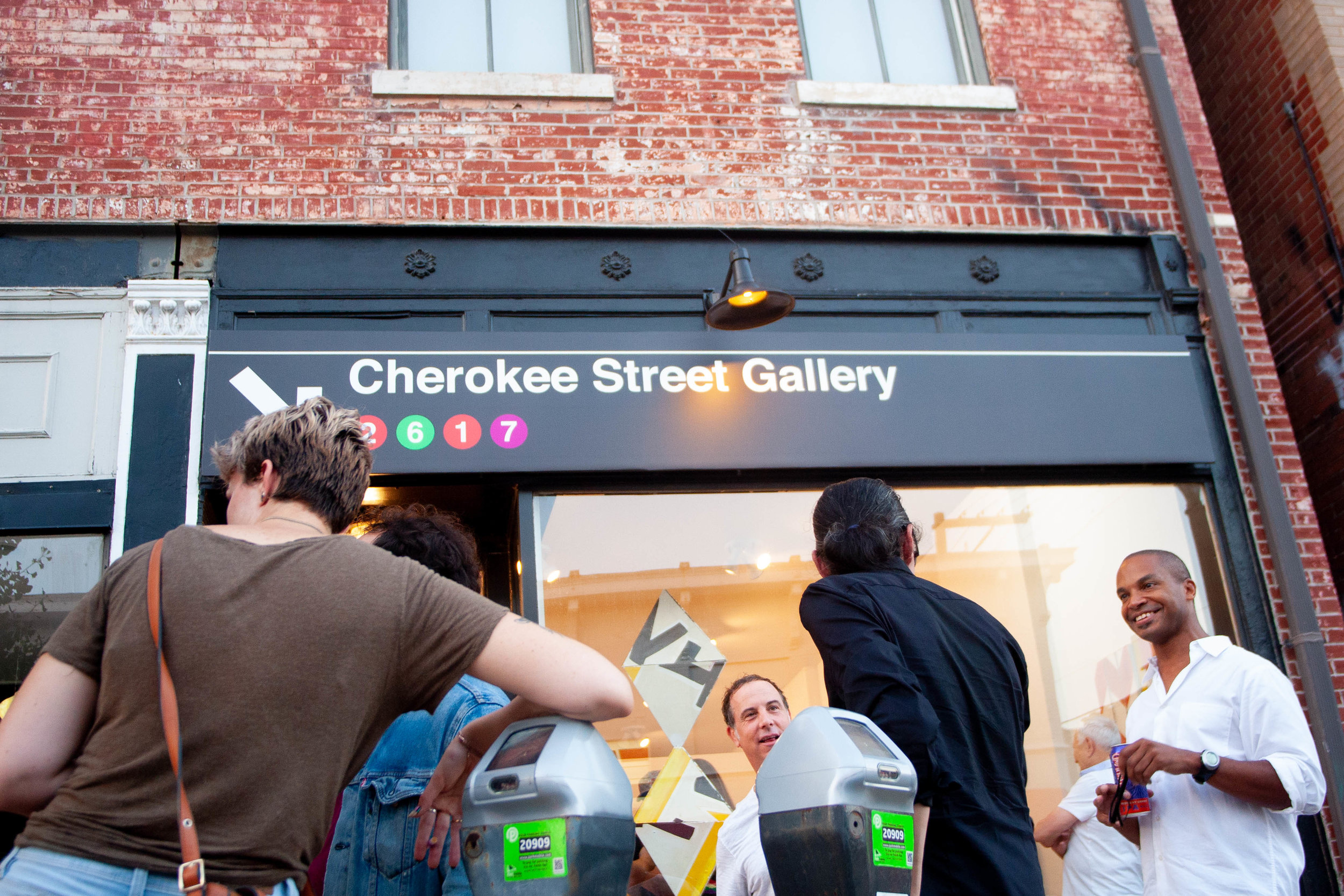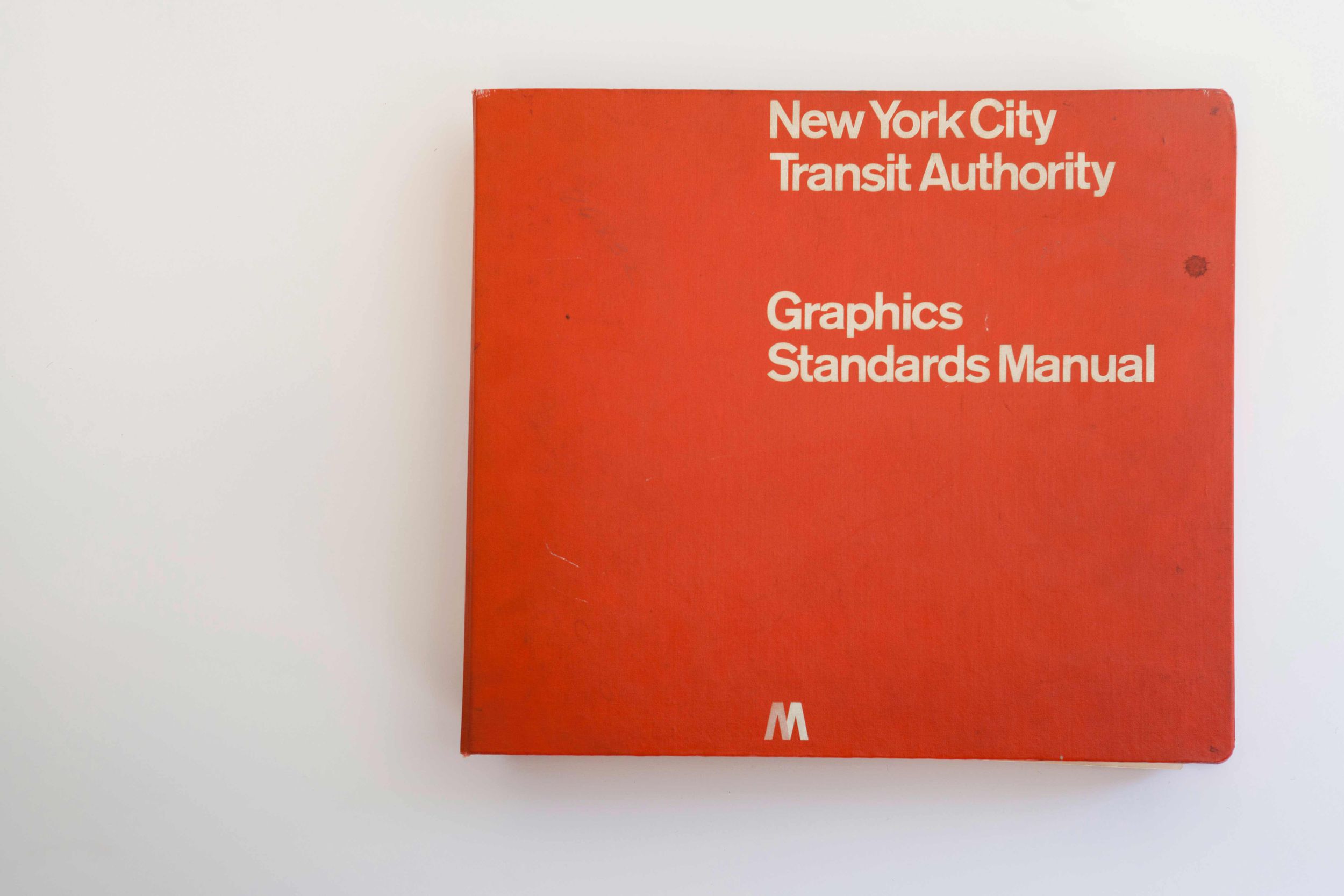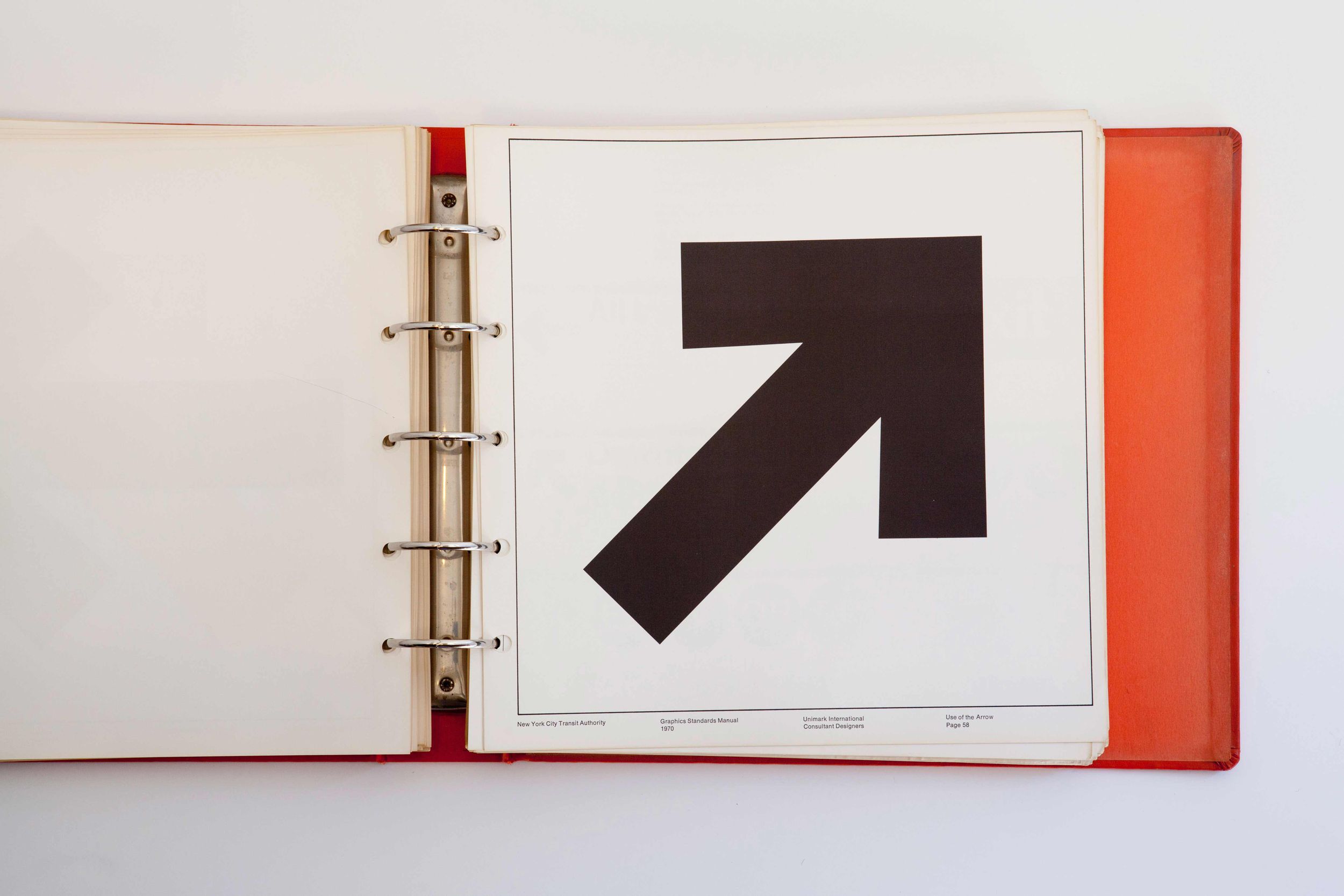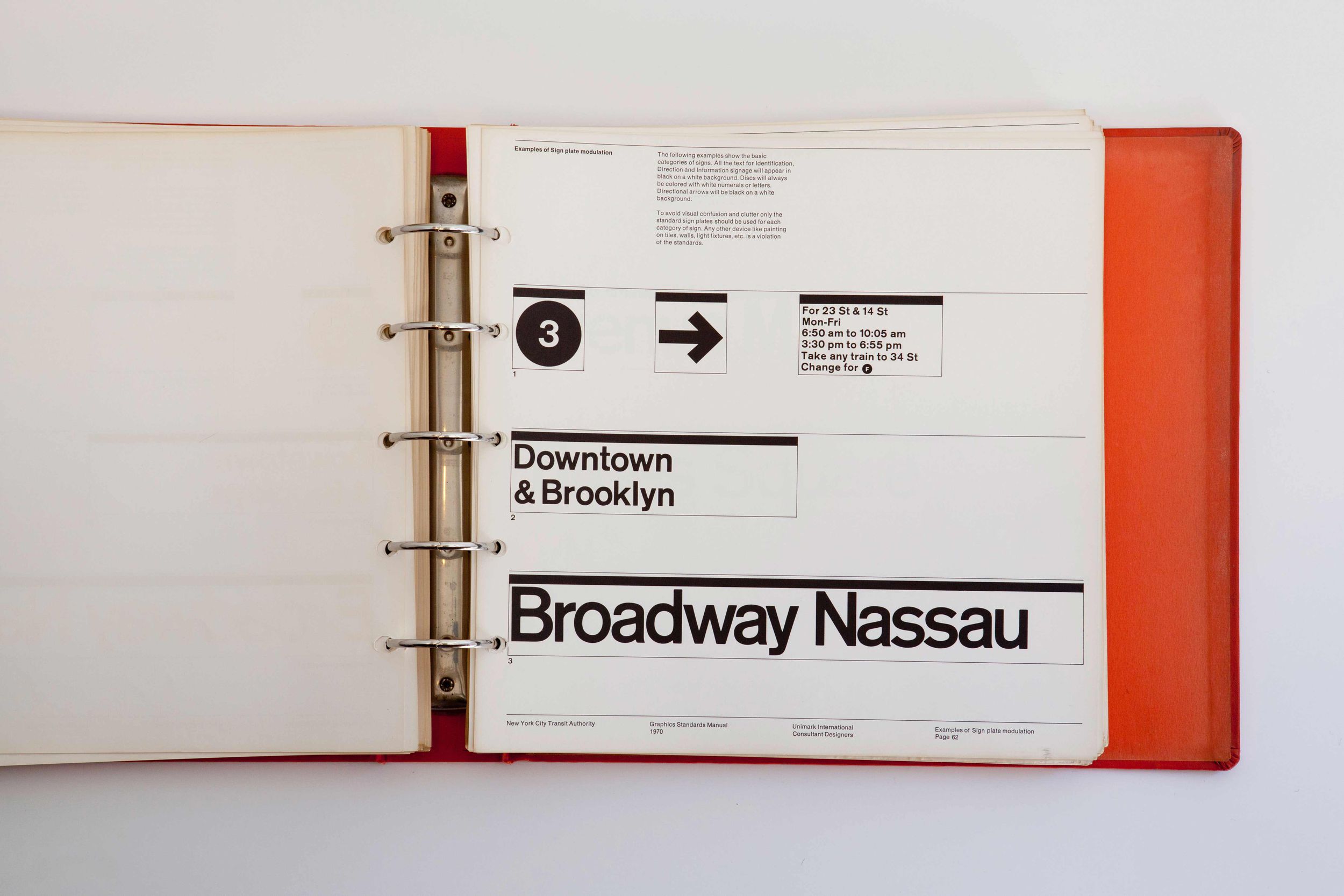Cherokee Street Gallery, located at 2617 Cherokee Street in St Louis, presents it’s first official art opening on Friday, June 29th with a reception from 6 - 10 pm. The show is titled “Messages From Mercury” and features artwork by the gallery’s founder, Benjamin Lowder. Lowder says, “our inaugural show’s title draws from the mythological idea that the planet Mercury, being the closest planet to the sun, functions as the messenger between worlds and presents itself to human beings as the mythological character Hermes. This archetypal character deals with language and travel, functioning as a scribe to communicate the source of creation’s will to humanity in order to guide us on the right path.” Through the use of objects like deconstructed caution barricades, Lowder’s current artwork is using this mythological narrative as an allegory to express the idea that we are in danger of loosing touch with our guiding archetypal forces and this disconnection could cause us to “go the wrong way.” Lowder says “this message from mercury is essentially a call for us to acknowledge our hubris.”
In addition to Lowder’s “Messages From Mercury” show, the gallery will also be exhibiting the artwork of two other talented and popular St Louis artists. Cherokee Street Gallery’s, managing gallerist, Lisa Simani said, “during our inaugural exhibition we are also placing artwork by Jerald Ieans and Zack Smithey in conversation with each other. Both of these artists have uniquely strong voices and in considering their work, it seemed to us, that their artworks were having a dialogue with each other.” Both of these artists utilize fluid biomorphic shapes that play with the viewers perception of these shapes in relation to themselves and the background in which they’ve been placed. The artwork in this show will be on view at Cherokee Street Gallery through the months of July and August. During this show’s run the gallery will also be periodically showcasing other artistic mediums such as fashion design, dance, music and designer furnishings.
Cherokee Street Gallery’s next show will feature the artwork of Al Diaz and it is set to open on Saturday, September 8th, 2018. Al Diaz and Jean Michel Basquiat collaborated on the creation of the enigmatic graffiti tag "SAMO©", pronounced "same oh" as in "same 'ol shit" or "same 'ol thing." Diaz and Basquiat worked to build the SAMO© concept by writing short cryptic slogans on the streets of New York City from 1977 to early 1980 which they tagged with the name SAMO©. According to Diaz, "SAMO© was never intended to be a person." It was meant to be a brand or place holder for the empty promises presented by religion and consumer culture. Basquiat took over the SAMO© identity for a while as his art world alter ego, but Diaz says it was never intended to be that and he presents an alternative viewpoint of what the enigmatic SAMO© actually was.
STAY TUNED!





